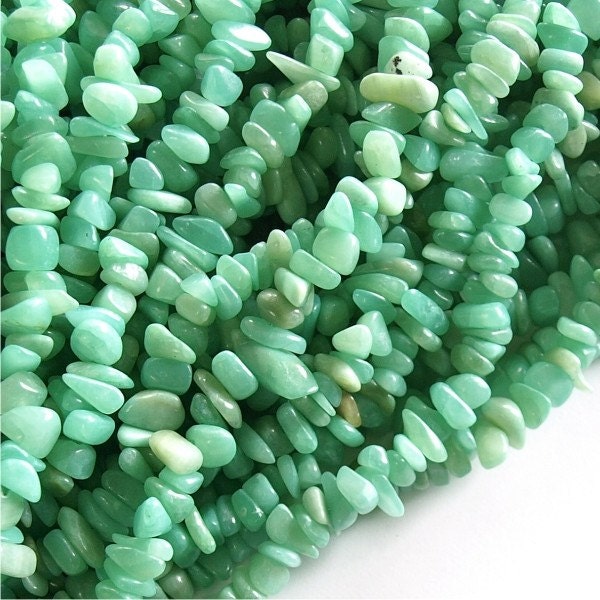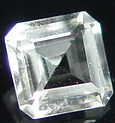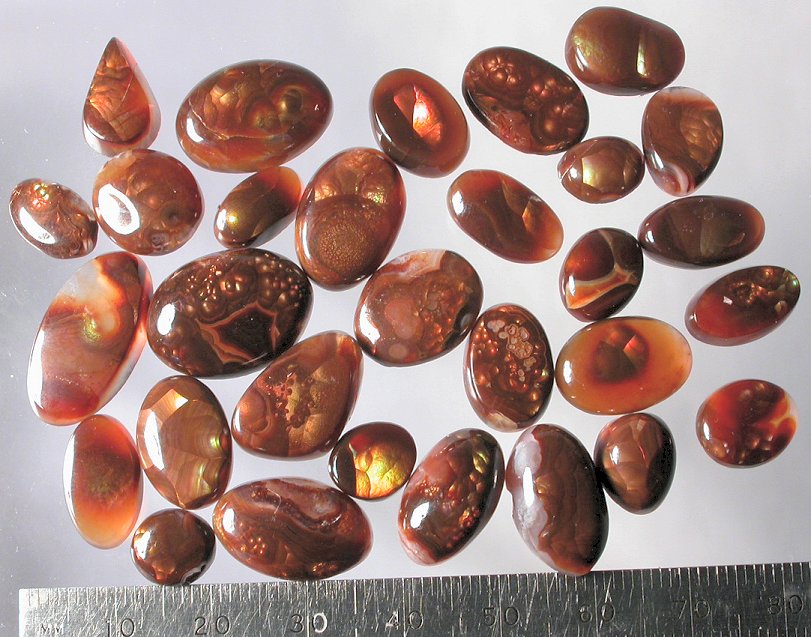Howlite
Howlite is an interesting mineral that is sometimes used as a gemstone, though often masquerading as a better-known and more valuable species. In fact it is fair to say that howlite is more famous for imitating other minerals than it is in its own right.
The most common form of howlite is irregular nodules, sometimes resembling cauliflower. Crystals of howlite are rare, having been found in only a couple localities worldwide. Crystals were first reported from Tick Canyon, California and later at Iona, Nova Scotia. Crystals reach a maximum size of about 1 cm. The nodules are white with fine grey or black veins in an erratic, often web-like pattern, opaque with a sub-vitreous lustre. The crystals at Iona are colorless, white or brown and are often translucent or transparent.
The mineral was discovered by and named for Henry How, a 19th century Canadian geologist. Initial deposits of howlite were found in How’s native Nova Scotia, but have since been uncovered in Southern California as well. The mineral is now generally mined for its use as an imitation stone, although some New Age practices use undyed stones for meditation.
Because howlite is fairly porous, it can be easily dyed to imitate other minerals. Due to the distinctive veining, howlite dyed a blue color makes a fairly convincing turquoise simulant. However, howlite is a much softer stone than turquoise
Howlite is also sold in its natural state, sometimes under the misleading trade names of “white turquoise” or “white buffalo turquoise”, or the derived name “white buffalo stone.”
Place a howlite stone in your pocket to absorb your own anger – or another’s anger that is directed toward you. It helps to overcome critical or selfish behaviour. It is also useful to relieves insomnia, balances calcium levels and strengthens teeth and bones.








